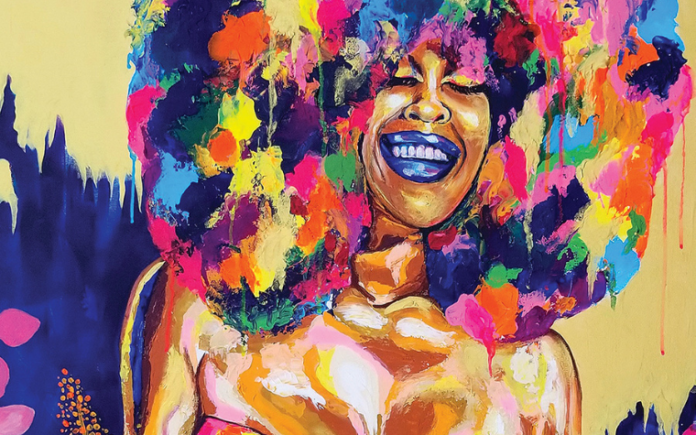LGBT+ art is based on queer performance. It openly portrays queer, promotes the fight for equal rights, and/or is created by LGBTQ+ artists.
LGBTQ+ art explores issues and conflicts of queer identity and social injustice, often provoking and encouraging activism and sparking debate.
Art and LGBTQ+ Art History
Queer art is by no means new. The ancient Greeks and subsequent Romans quite normally persecuted and praised homosexual relationships and were happy to depict them in their visual arts. It’s difficult to pinpoint the first piece of queer art.
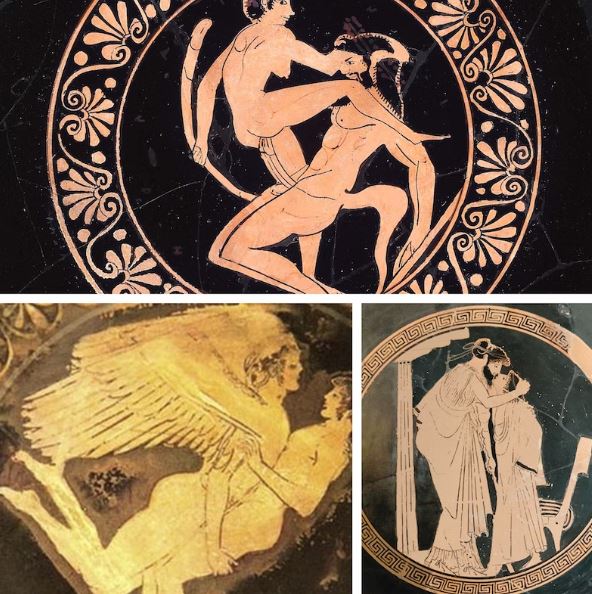
Like the Greeks, the Romans considered homosexuality normal and natural and even encouraged it among young men as a rite of passage. Many Roman emperors were bisexual.
You’d be surprised to find that pulp fiction magazines were among the first to display homosexual relationships on their mass-produced paperbacks in the 1950s and 1960s.
On the more academic side of the art, queer-encoded images were displayed through monochromatic imagery.
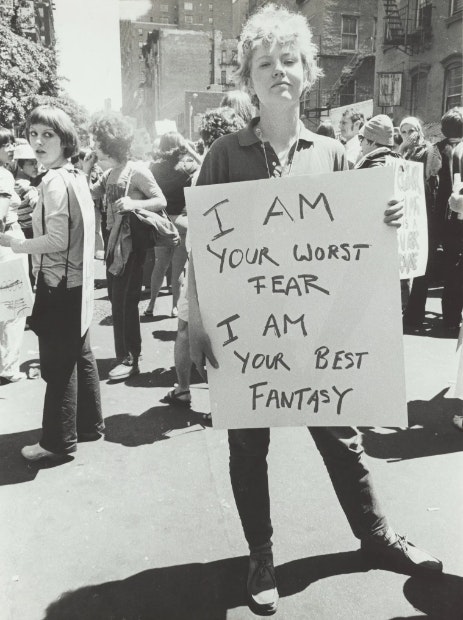
Photography entered the realm of art, especially at the time when the first pride took place. Several images provoked action and called on the LGBTQ+ community to fight. For example, Donna Gottschalk, one of the top queer photographers, is captured on camera by Diana Davis at Pride. The sign she is holding indicates the fear and admiration of the LGBTQ+ community in the 1970s.
With the rise of the HIV/AIDS epidemic that has hit the LGBTQ+ community hard, the so-called lavender panic has gained momentum. It was misconstrued that homosexuals were solely responsible for spreading the virus. The Silence = Death project was launched to raise awareness of the inevitable dangers of closing homophobic eyes to a disturbing issue.
Keith Haring, one of the staunchest fighters at the forefront of the movement, created the pop art piece Ignorance = Fear/Silence = Death in 1989 to draw attention to this issue.
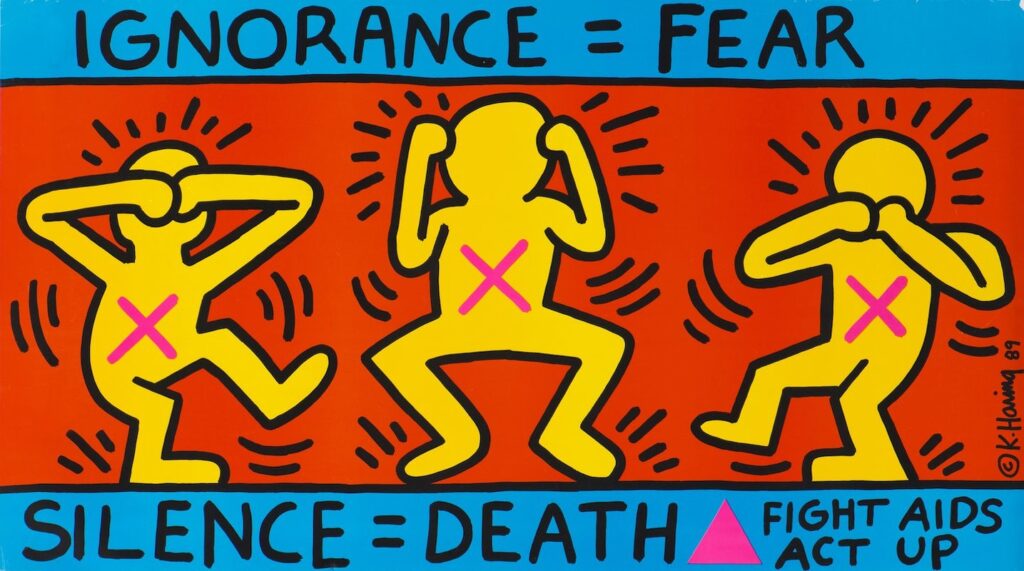
Famous LGBTQ+ Art
Queer art was always political and might continue to be for the foreseeable future.
The drawing of Two Men Kissing by Keith Vaughan illustrates the simplicity of passion. The quick, sketchy pencil movements allude to the sense of time fleeting in the face of the AIDS epidemic.
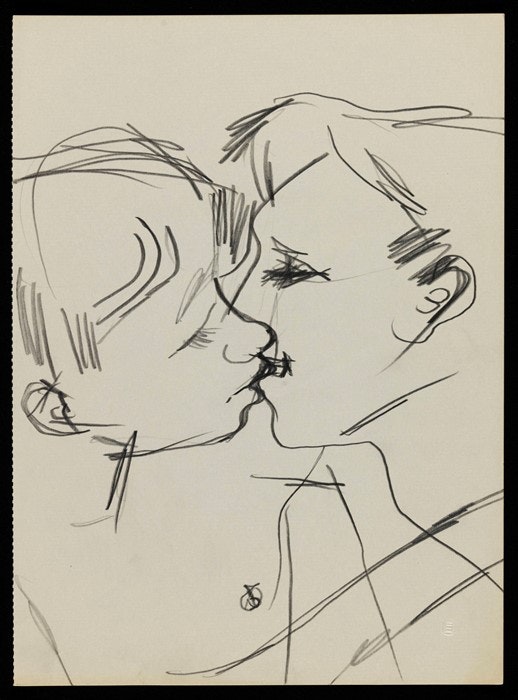
Robert Mapplethorpe’s photograph of Lisa Lyons is of great significance for the non-binary community. The photograph shows the first woman bodybuilder dressed as a mobster from the 1920s, indicating an act of defiance in the face of gender stereotypes and heteronormativity.

Keith Haring: Bill T. Jones Body Painting by Keith Haring (1983). Keith Haring is one of those people whose name you should remember. The man was a staunch activist for LGBTQ+ rights and a revolutionary in art.
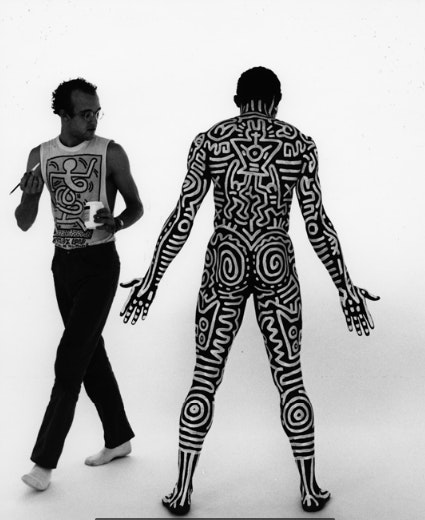
LGBTQ+ art is never one-dimensional. They are deep and thought-provoking, designed to inspire and surprise. But they also exist to raise awareness and criticise. These masterpieces are meant to bring people, the LGBTQ+ community and allies together, and unite them under one language we all understand: art.






